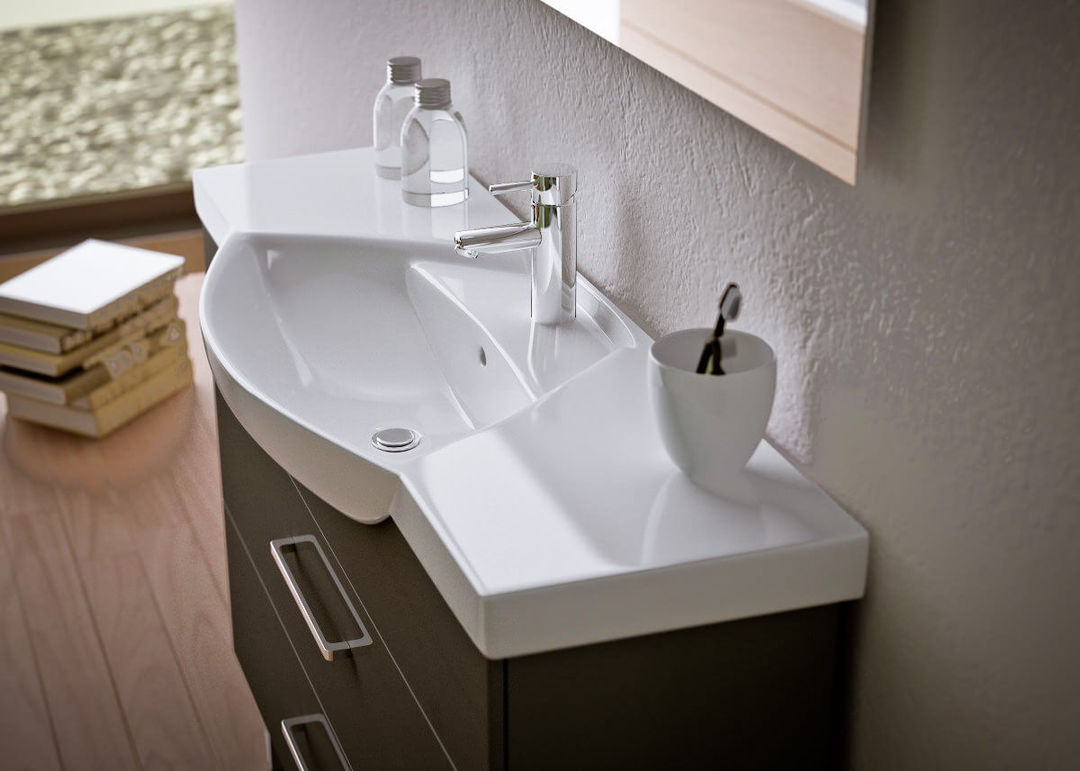CONTENT
- 1 How to choose the right phone, or a Brief excursion on their types
- 2 How to choose a smartphone according to characteristics and parameters
- 3 Which brand of phone is better to choose
How to choose the right phone, or a Brief excursion on their types
During the existence of mobile phones, they have gone through more than one revolution. The changes affected not only the technical parameters, but also the appearance. During all this time, each manufacturer is trying to win the market and the attention of the consumer, attracting with the originality of the form or catchy design. Since the invention of cell phones, the following types and varieties of devices have been invented.
Monoblocks
The most popular type of phone that continues to be used confidently to this day. It is a single body with no moving parts.
This shape has the main advantage - compactness. Also, the use of a single body reduces the number of potential wear points. But this increases repair costs as it requires replacement of entire modules.
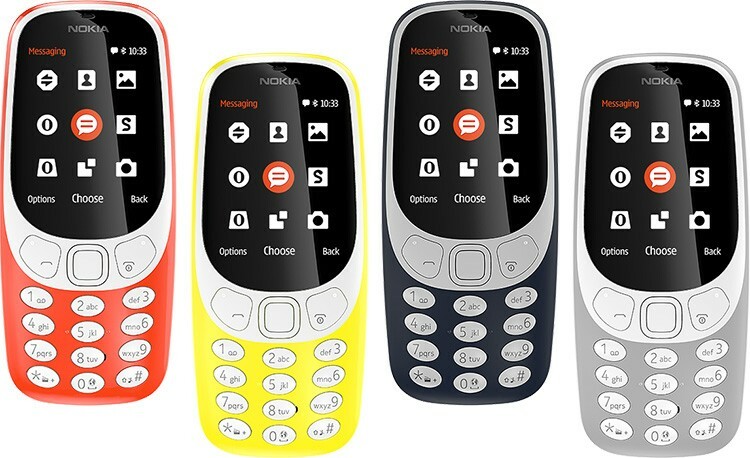
In order to choose the right mobile phone according to its characteristics, you should know what types of monoblocks existed and exist today:
- Classic, equipped with a numeric keypad. In appearance, such devices resemble a regular telephone receiver and have no moving parts. The updated Nokia 3310 (cost - 3,200 rubles) can be considered the brightest representatives of such a line of recent times.
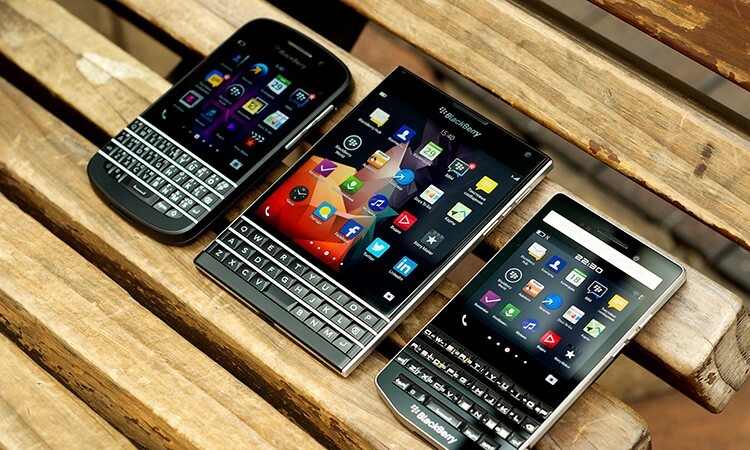
BlackBerry traditionally produces devices with a full keyboard - Smartphones equipped with a QWERTY keyboard. These are devices that include a full set of keys to make it easy to type. The most famous brand that produces such models is BlackBerry. The Q10 model from the brand's catalog can be purchased at a price of 12,000 rubles.
- Models with a folding QWERTY keyboard. A distinctive feature of such devices was the presence of a pair of opening covers located under the plane of the screen, which represented a full-fledged keyboard when unfolded. The brightest representative of this class is the Nokia 6800, which was released in 2003.
- Flip phones. A flip is a small flip cover that covers the keyboard and earpiece. The advantage of this shape was the ability to keep the device small, which, when unfolded, becomes convenient for a full-fledged conversation. The crowding out of the type in the user rating happened after the appearance of "clamshells". The most prominent representatives of the class were Samsung N400 and Sony Ericsson Z
- Monoblocks equipped with a lower rotary part. This solution was implemented by Nokia in only two models, which could not win the sympathy of buyers due to their excessive pretentiousness and unusualness. The principle of operation was that the bottom of the phone could be rotated 180 ° to quickly launch the camera. Models that had this type of form factor were Nokia 3250 and Nokia
- Touchscreen Smartphone. The familiar to everyone type of phone, which is a candy bar, most of which is a display with touch input. If we compare which phone is better, then the majority of the respondents, when answering this question, will say that it is exactly this type, since it has become familiar and understandable to everyone.
"Folding beds"
The next form factor of cell phones is two-piece devices. The upper half is the display and speaker, while the lower segment houses the keyboard and microphone. As a rule, such models are additionally equipped with an external screen that has fewer colors and a low resolution and is necessary for displaying notifications or showing the time.
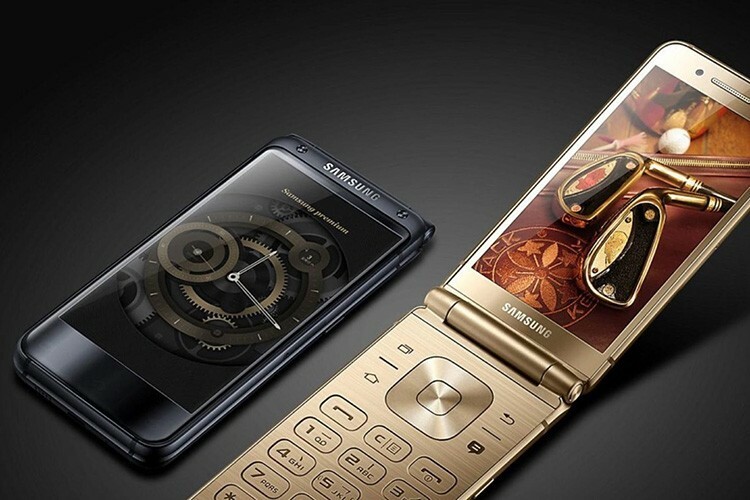
Samsung in 2017 introduced an updated version of the "clamshell" with a touchscreen display. This is the W2017 model, running under Android control and claiming the title of "flagship". This is evidenced by the price, which is 132,000 rubles.
Slider
A kind of a folding telephone, where the opening of the device and its transfer to the working state is carried out by parallel sliding of the two halves along the slide installed in the body. Additionally, a slightly modified format was invented, called the side slider. In this case, the shift is carried out not upward, but along the wide side, which provides access to a full-fledged QWERTY keyboard.
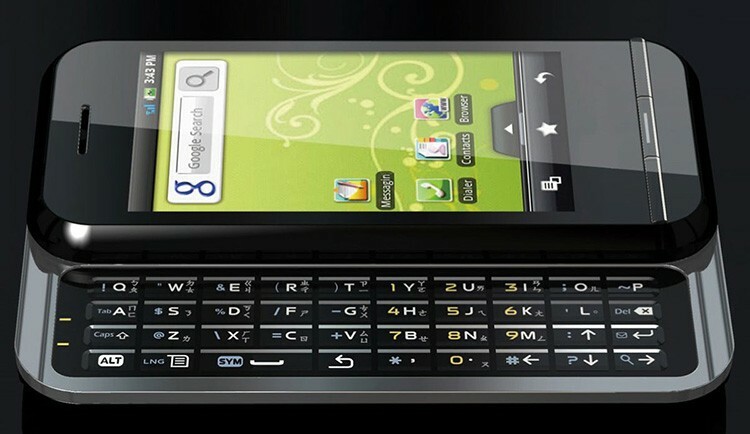
You can still find sliders in stores. Basically, these are models of Chinese brands of the "second echelon". For example, Jinga Simple SL100, which is sold at a price of 2,100 rubles. When deciding to buy such a device, you shouldn't rely on quality. This is a super budget option.
Additionally, we can mention such formats as kick slider or a smartphone with hinged fixing of moving parts, pseudo-folding beds, the covers of which contain only a speaker and rotators, devices with a swivel mechanism based on the principle folding knife. All these models are a thing of the past and are rarities that could not conquer the market.
How to choose a smartphone according to characteristics and parameters
The introduction regarding the existing form factors is more for reference, since this criterion is not taken into account when choosing a phone by characteristics. The reason for this is not the reluctance of the end consumer, but the marketing conditions existing on the market, which presuppose the presence of a single format, recognized as the most convenient. If individual unusual patterns appear, then they are isolated.
Choosing a smartphone is about comparing characteristics and determining the best indicators.
The selection of a smartphone according to its characteristics is carried out taking into account the following parameters:
- materials from which the body is made;
- operating system;
- CPU;
- memory type;
- the matrix;
- camera capabilities;
- Battery capacity.
Selection of the phone by parameter - body materials
Many people put this criterion almost in the last place. But in fact, this decision is wrong. Modern smartphones, especially the mid-range or premium ones, offer a chic finish that uses metal and glass.
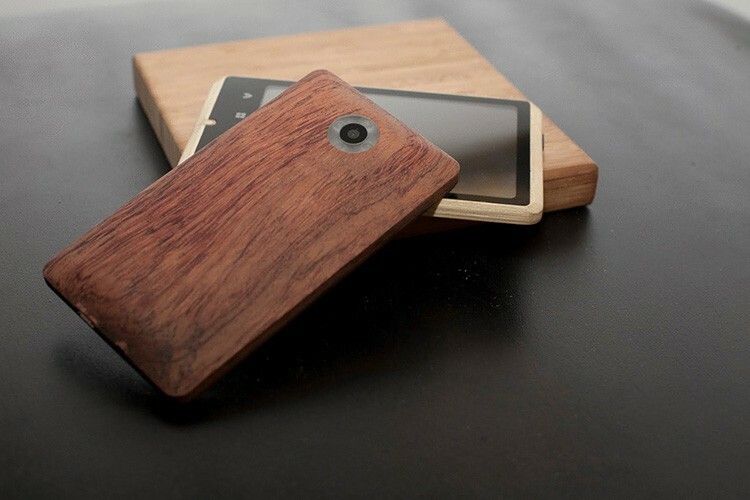
Each material has its own advantages and disadvantages:
- metal has high strength, but the all-metal phone is not able to maintain the normal signal level;
- plastic reliable, has a low cost, but such smartphones look quite cheap;
- glass Is a very fragile material, especially in inexpensive models.
Some manufacturers produce limited editions of the "luxury" class, where the material of manufacture, or rather the outer coating, is genuine leather or wood. All this results in a significant increase in cost.
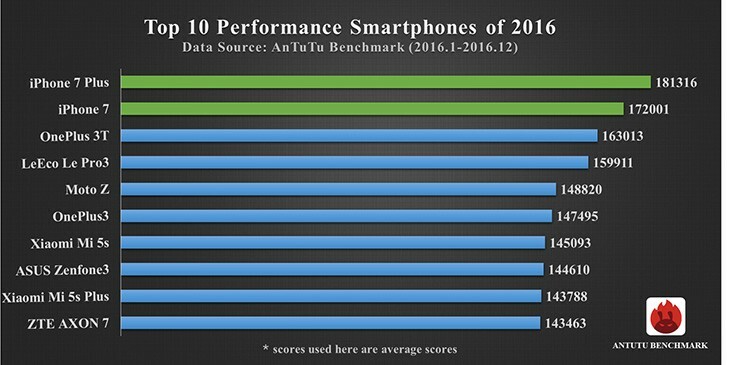
The processor is an important parameter for the selection of a smartphone
One of the main selection criteria when deciding to buy a new phone is its technical stuffing, the center of which is the processor. Today, more than 70% of the total mobile processor market is represented by the two largest vendors - Qualcomm and MediaTek. These companies have been competing all the time.
There is one unspoken rule of how to choose a smartphone in terms of parameters and price. All inexpensive models, mainly of Chinese brands, have a MediaTek processor on board. The flagship devices of the leaders are equipped with Qualcomm's Snapdragon devices.
Products of the first brand may differ in higher clock speeds or performance indicators, but in reality they lose to Qualcomm processors due to weaker video accelerators. That is why when choosing an inexpensive but good phone for performing daily tasks, you can safely choose MediaTek. If a smartphone is purchased for gaming, then it is better to take a closer look at products under the brand name Snapdragon.
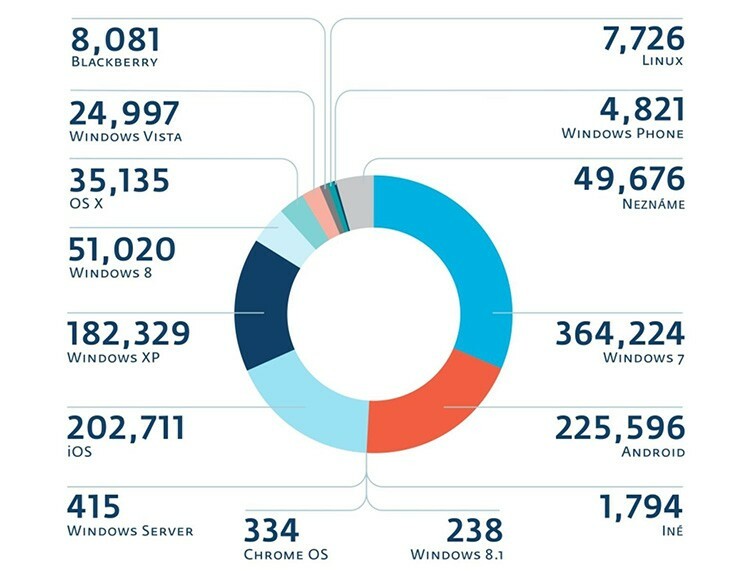
Operating system
Among mobile operating systems, the most widespread are Android and iOS. The first version of the OS is completely free and released as open source or open source. The second is installed only on Apple devices.
Android Is a system whose users need freedom of action, change the appearance of the design, modify the file system, the presence of a large number of applications.
iOS - the choice of buyers who strive to find ease of use in a smartphone, receive constant system updates, and strong technical support. Not so long ago, there was another operating system on the market - Windows Mobile, which was installed on its devices by Nokia. But this software during its existence did not become ideal, which led to a loss of popularity.
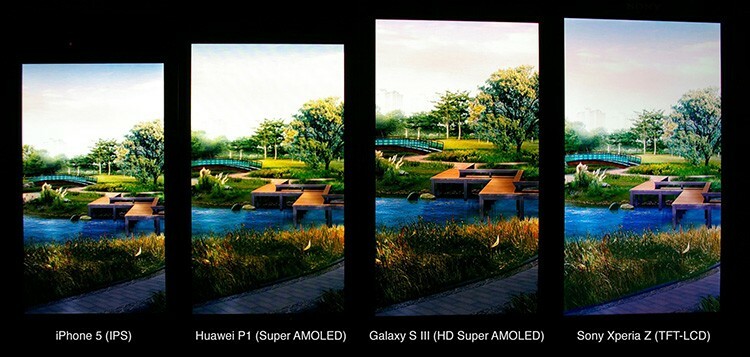
How to choose a phone based on screen characteristics
Another important part when choosing a smartphone is the display, since it is its quality that determines the comfort of use and the rendering of colors. When choosing a screen, the user needs to decide on its size. Display diagonal is expressed in inches. The optimal figure for modern devices is in the range from 5 to 5.5 inches.
FOR YOUR INFORMATION!
Some brands produce so-called "phablets", or devices that are in the middle position between a smartphone and a tablet in diagonal size (from 6 to 7 inches). But their choice is purely a matter of taste.
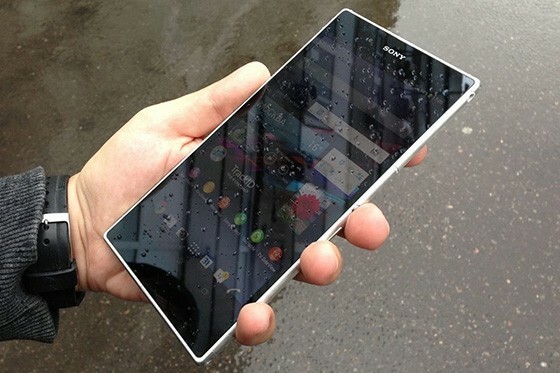
The second metric to look out for when considering the best display is its resolution. The most common are two indicators - HD (1280 × 720 dpi) and Full HD (1920 × 720 pixels). The screen resolution should depend on the size of the diagonal. For devices with a display over 5 inches, you should choose HD or higher, as otherwise individual pixels on the screen will be noticeable and the clarity of the picture will decrease.
Over the past few years, there has been a trend towards an increase in the diagonal of the screen of smartphones.
All resolutions above Full HD (2K, 4K) are intended primarily for large TVs and the ability to connect your phone to TVs. On a smartphone screen, the difference between them with the naked eye can be noticed by one person in 10. Another important criterion for what to look at when choosing a cell phone is the type of matrix. Modern manufacturers produce three varieties:
- TNT. The cheapest option, which is used mainly in the cheapest models. Its resolution is not even full HD. The picture is obtained with a lack of contrast, it is significantly inverted when the viewing angle is changed.
- IPS. Matrices recognized as the "gold standard" in the manufacture of screens. These displays have good viewing angles, high brightness and contrast settings, and provide the most natural color reproduction.
- AMOLED. A proprietary invention of Samsung, which uses this type in its products. A distinctive feature is a rich black color, increased contrast, good energy efficiency. Some users have complained that AMOLED colors are overly saturated, resulting in an unnatural picture.
Unscrupulous manufacturers can use cheap IPS-matrices, in which the picture display quality is at the level of conventional TNT. You can even determine this with the naked eye.
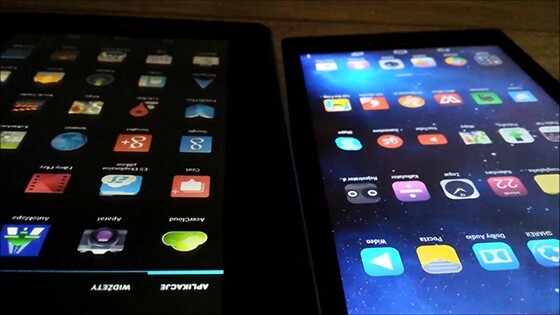
If in the future the smartphone is planned to be used as a camera, then you need to take care of purchasing a memory card.
Choosing a phone by memory characteristics
The power of smartphones is increasing every year, which requires not only changes in processors, but also an increase in memory. There are two types of mobile devices:
- RAM, which is used to save running applications and their data exchange with the central processor;
- ROM or internal, which is similar to a computer hard drive and is used to store information.
The minimum amount of RAM required for a modern smartphone is 2 GB, otherwise the user may experience significant slowdowns in the operation of the device. When choosing this criterion, the rule applies: more is better. On the market, you can already find devices with up to 8 GB of "RAM". This volume will be enough for a couple of years for the smartphone to work quickly and without glitches.
Permanent memory is more used for placing user-generated content, for example, a photo. Therefore, if you plan to use a smartphone as a replacement for a regular camera, then you should pay attention to this parameter special attention or consider the option of purchasing a phone with support for external memory cards maximum capacity.
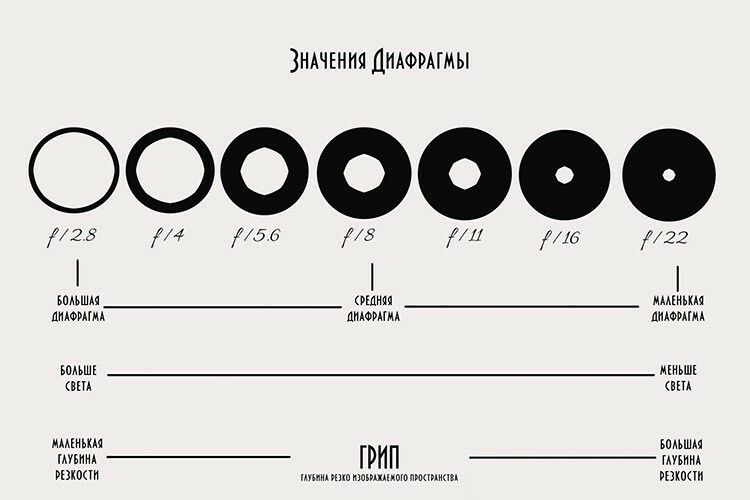
How to choose a phone by the parameters of the built-in camera
Soap cameras are a thing of the past. Now everyone is capturing interesting moments on their smartphones. Therefore, the choice of a camera is an important criterion. The result of obtaining high-quality images will depend on a number of parameters:
- Photosensitivity, or the aperture ratio of the optical module. Expressed in f / n, where n is the size of the aperture. The maximum value of this fraction is reached at the minimum divisor. Therefore, the best shots will be obtained with cameras where n is minimal. By itself, this parameter means the size of the pupil of the aperture and affects the amount of light captured.
- Autofocus. There are contrast, phase, laser or combined focusing systems. The laser focuses on the subject most qualitatively, but the use of this type affects the final cost of the smartphone. The purpose of this parameter is to get a clear picture in the shortest possible time.
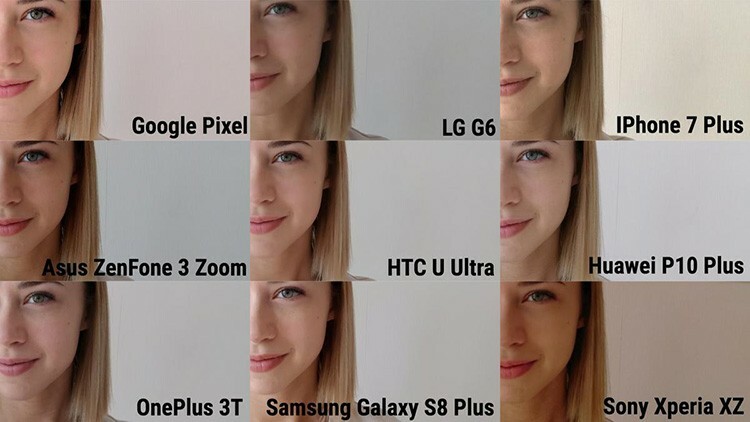
If you have questions about the quality of the images, you can see test pictures comparing the operation of the cameras of the most popular smartphones - Optical stabilization. An indicator that is more important when shooting a video. This is a system that provides a smooth picture when there is little shake (eg from the operator's hand).
- Sensor dynamic range. Here, the quality will depend on the breadth. The higher it is, the less likely it is to get an overexposed frame or lose information in dark or too bright areas of the image.
- Hardware component. No less important is the algorithm for processing the finished photo, which is used in the smartphone. Some manufacturers tweak the algorithm in such a way that when the illumination level is lowered excessive smoothing occurs in order to get rid of noise, which leads to a loss of contrast in the image and sharpness. The quality of this factor can only be verified empirically.
It has become fashionable to use two cameras in the phone. This really works in expensive models, where the second sensor is responsible for transmitting a monochrome image, and the main one takes a color image. Subsequently, overlay occurs, which ensures maximum depth and quality of the frame. In cheap budget models, the use of the second sensor is a marketing ploy.
In order not to always carry an external power supply with you, it is recommended to choose smartphones with a more capacious battery, which will provide work until the evening.
Comparison of phones by characteristics of battery capacity
Since the touch screen consumes a lot of power, the choice of battery capacity is important when buying, so as not to charge the device several times a day. Modern technologies have made it possible to create batteries up to 6,000 mAh. The average indicator, which can be guided by, is 3200-3500 mAh. This is enough for the phone to last until the evening under normal conditions (conversations, browsing the Internet and mail, casual toys). When choosing a smartphone in terms of parameters and price, you should pay attention to support for fast charging. This will ensure that the battery is recharged to 100% for just an hour and a half on average.
Which brand of phone is better to choose
Many are wondering how to choose a good smartphone and an inexpensive one at the same time. There is no single recipe here. There is an opinion that the products of well-known brands (Samsung, LG, Nokia, Sony) are of high quality even in the budget segment. In reality, Chinese A-brands (Xiaomi, Meizu, Huawei) offer cheaper models that are not inferior in their characteristics to the flagships of leading manufacturers. Separately, we should mention Apple, whose products have never been cheap, but more fashionable, so the purchase of the iPhone is largely dictated by fashion, rather than the high performance of the device.
Which smartphone do you think is the best? Maybe there are devices that are no longer produced, but work great for you? Tell others about them. Until then, watch a helpful video on the topic.
Read also:
Hello, I can't hear you, or What to do if the phone won't charge
What is it - OTG in the phone
Like a piece of glass! How to stick a protective film on your phone yourself so that it is not noticeable
Touchscreen - what is it and why does a smartphone respond to touch
The Miracle of Technology, or Why You Need Dual Screen Phones


